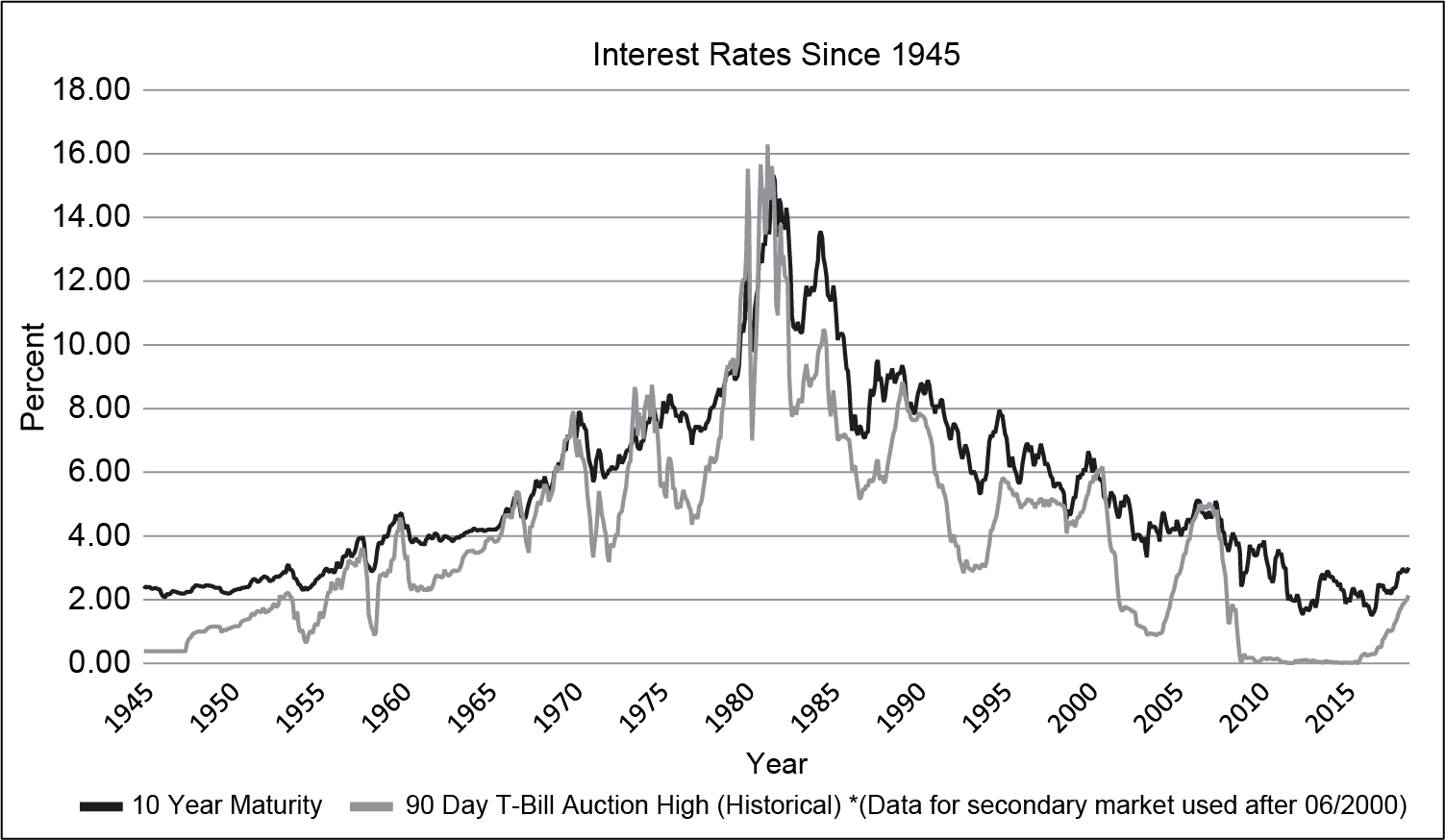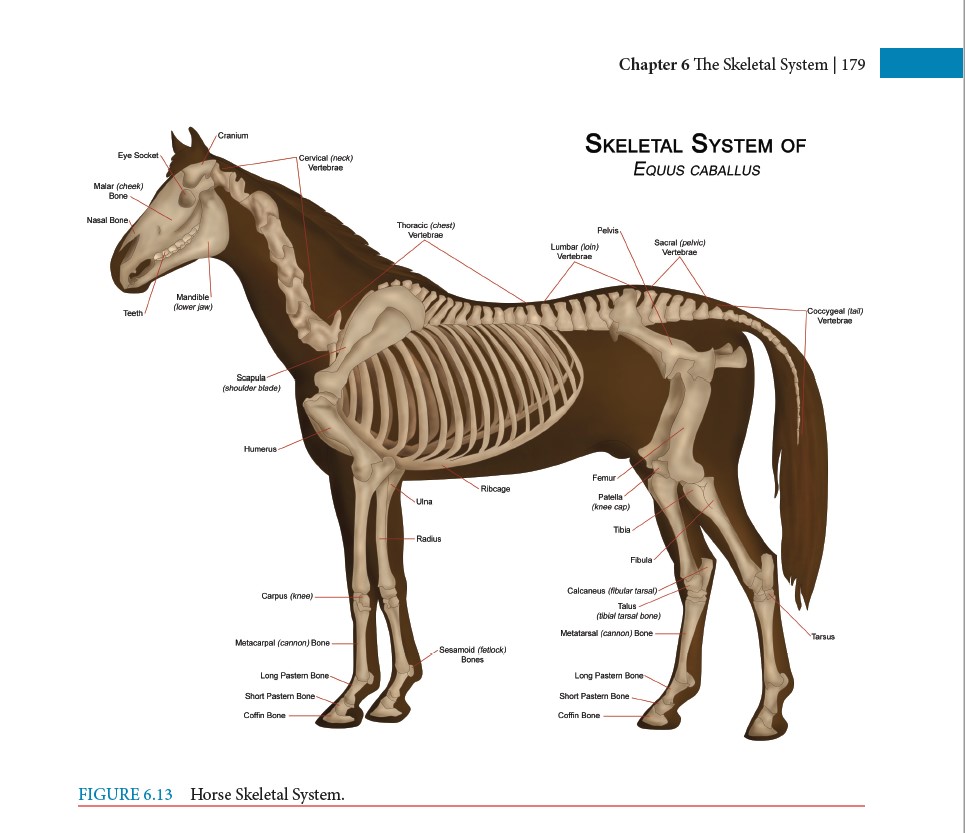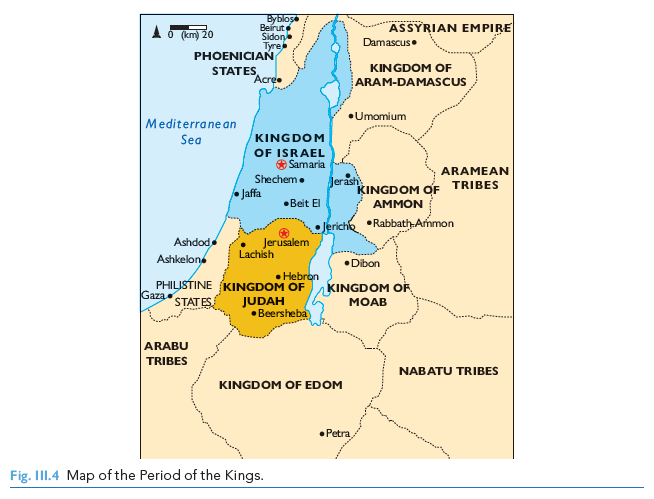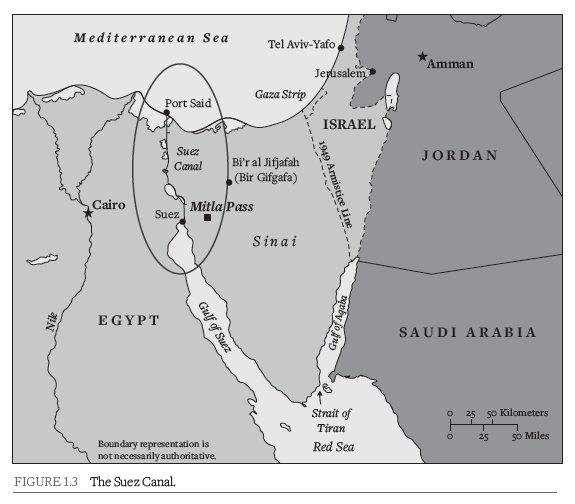One of the most exciting phases of creating a manuscript is selecting the artwork that will accompany your writing. Artwork can be used to illustrate an educational concept, convey specific information that students need to analyze, or demonstrate a process visually. Some books’ artwork programs are minimal, while others may be more expansive, depending on the discipline. In either case, this guide will prepare you to use the appropriate terminology that will indicate to your publishing team the types of artwork you plan to include in your book.
Types of Artwork
Within the academic publishing industry, the standard term used for figures in a book is artwork. In Cognella resources, including quick guides, logs, and webinars, we often use the terms “image” and “figure” interchangeably.
Here, we will outline and define the figure types that you can reference distinctly in your manuscript files, logs, and instructions to your publishing team.
Standard Artwork
Figures
Figures may be provided to be inserted as-is into the manuscript or may require modification, re-illustration, or adaptation (for further details, see Quick Guide: Selecting Images). Several of the most common types of figures are as follows:
Graphics
Graphics are drawn representations of a figure, often containing text that labels or explains the various components or concepts. A graphic usually depicts an object or a non-specific person, either in part or in whole, and uses identifying information or labeling.

Charts and Graphs
Charts and graphs illustrate data in an easy-to-understand visual format using lines, bars, or plots, sometimes comparatively.

Infographics
Infographics are drawn representations of complex information or data, distilled into a visual format. It may outline steps in a process, data over time, or multiple facets of a single concept with breakout components that depict related data or information.

Anatomical Drawings
Anatomical drawings show a human or other animal’s physiological makeup, either in part or in whole, with labels clearly identifying each component.

Maps
Maps provide a visual representation of a place with particular details highlighted, such as cities, populations, or elevations. There are many different types and styles of maps, including physical maps, political maps, topographic maps, climatic maps, and economic maps, to name a few. We deal most often with maps from pre-cleared sources that will be inserted as-is or map adaptations. We can also use an exemplar map and modify or re-illustrate all provided maps for a particular book to give them a similar style and appearance.


Icons
Icons are small graphic labels used to depict specific sections or recurring features in a manuscript or to indicate an activity type, which may be external to the book. Often pulled from icon sets available in our stock photo resources, we would select multiple icons from the same set to be used in a single book.
When planning a manuscript with multiple features, and thus, multiple icons, we recommend considering the frequency of their appearance. If made to overlap, these can become visually overwhelming or confusing and reduce the impact of the icon through overuse.


